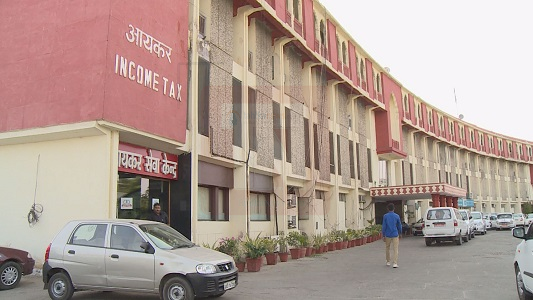The Central Board of Direct Taxes (CBDT) has stated that income tax returns worth over ₹ 70,000 crore have been issued to taxpayers, and almost all income tax returns claims pending as on June-end has been processed. The Central Board of Direct Taxes (CBDT) provides essential inputs for policy and planning of direct taxes in India and is also responsible for the administration of the direct tax laws through the Income Tax Department. The CBDT is a statutory authority functioning under the Central Board of Revenue Act, 1963. The Income Tax Department initiated special drive and expeditious processing of returns involving the claim of refunds from 1 June 2018 to 15 June 2018. The tax department said “More than 20,000 such matters were disposed of and refunds were issued to the taxpayers, wherever due, “More than 99 percent of all refund claims pending for processing as on June 30, 2018, have already been processed and the refunds due have been issued to the taxpayers.”
The Modi government has consistently made efforts to increase the tax base of India and crack down on black money. The steps for demonetization, GST, digital transaction push, benami property law, and the crack down on shell companies were a series of coordinated efforts to improve taxation. According to Economic Survey 2018, 10.1 million people filed income tax returns in the year following demonetization (November 2016- November 2017), while the average for the last six years has been 6.2 million. This shows an increase of over 1.5 times the previous number of income tax returns filed. Senior BJP leader Arun Jaitley said in a Facebook post that “The implementation of GST as a single consolidated tax has had a significant impact even on direct taxes. Those who have disclosed a business turnover for the GST now find it difficult not to disclose their net income for the purposes of income tax. Last year, the impact of GST on direct tax collection was not visible. Since GST had been imposed in the middle of the year, it will be more apparent this year. The advance tax deposit during the first quarter of this year has seen a gross increase of 44% in the personal income tax category and 17% in the corporate tax category.” The government also simplified the process of filing income tax returns and also digitalized the process. There was hardly any Direct Tax office in small cities before this government came and now almost every district has a direct tax department office
The monumental efforts by the government are for improving the tax base and to increase the tax to GDP ratio, since India has the lowest Tax to GDP ratio among BRICS countries. As we can see from the data given above, most of the developing countries have low ‘tax to GDP ratio’. In order to move from a developing nation to a developed one, a nation has to increase its citizens’ tax compliance. The tax to GDP ratio could be improved by increasing the direct tax collection and indirect tax collection. Improving direct tax collection is much better for an economy, because if it earns most of the money from direct taxes then it does not need to distort the prices of goods and services by taxing them. Any rate of indirect tax on any good or services distorts the market equilibrium and is thus harmful for healthy competition. If the Tax to GDP ratio is low, a country cannot afford to provide basic amenities like health and education to its citizens. Universal access to these primary needs is required to build human capital and improve the standard of living. The increased ‘tax to GDP ratio’ means that more money goes directly into government coffers, which in turn is spent on the welfare of the people.
